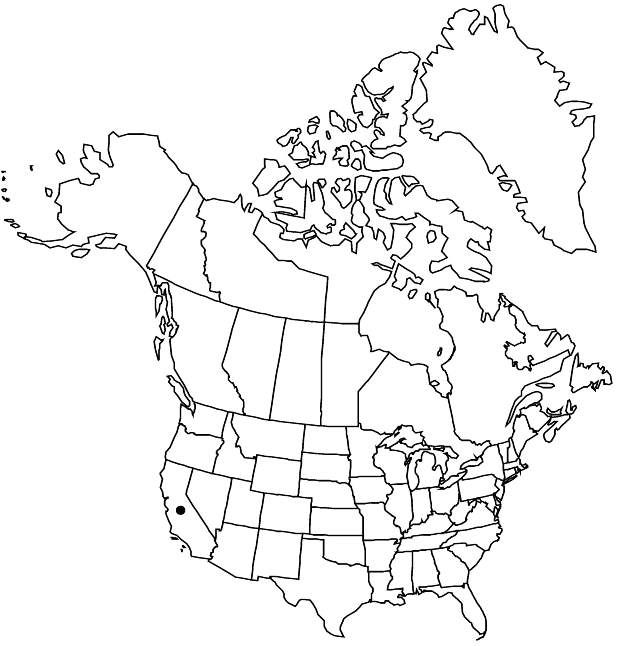Dudleya saxosa subsp. aloides
Madroño 14: 108. 1957,.
Caudices (1–) 1.5–3 cm diam. Leaf-blades 4–15 × 0.5–2 cm, 2–4 mm thick. Inflorescences: floral shoots red or green, 10–20-leaved, (10–) 15–35 × 0.4–0.9 cm; cincinni 8–20-flowered, 5–18 cm. Pedicels 5–20 mm. Flowers: sepals 4–6 mm; petals usually bright-yellow, if more than 12 mm, then greenish yellow, rarely red-tinged, 8–12 (–15) mm. 2n = 34.
Phenology: Flowering spring.
Habitat: Rocky slopes
Elevation: 200-1900 m
Discussion
Subspecies aloides occurs in the Peninsular Ranges and desert mountains of southern California. Included in subsp. aloides are several somewhat different diploid populations. Plants that have been called Dudleya grandiflora, to the north, are slightly larger than typical subsp. aloides; plants of the desert mountains still farther north tend to be smaller, in this way approaching the well-isolated polyploid subsp. saxosa. In contrast, plants called D. delicata, in the mountains above and west of typical aloides, approach the widespread lowland tetraploid D. lanceolata, as in its wider leaves, shorter pedicels, and often having bright yellow flowers. Although the sorting out of all these populations is somewhat arbitrary, the delicata form seems better kept for the time with the diploid aloides, leaving D. lanceolata tetraploid. K. M. Nakai (1986) identified D. alainae Reiser with the D. delicata form of subsp. aloides. It is a smaller plant, with n = 17, and its best placement is uncertain. Reports of subsp. aloides from Mexico are unsubstantiated.
Selected References
None.
Lower Taxa
"wider" is not a number.
